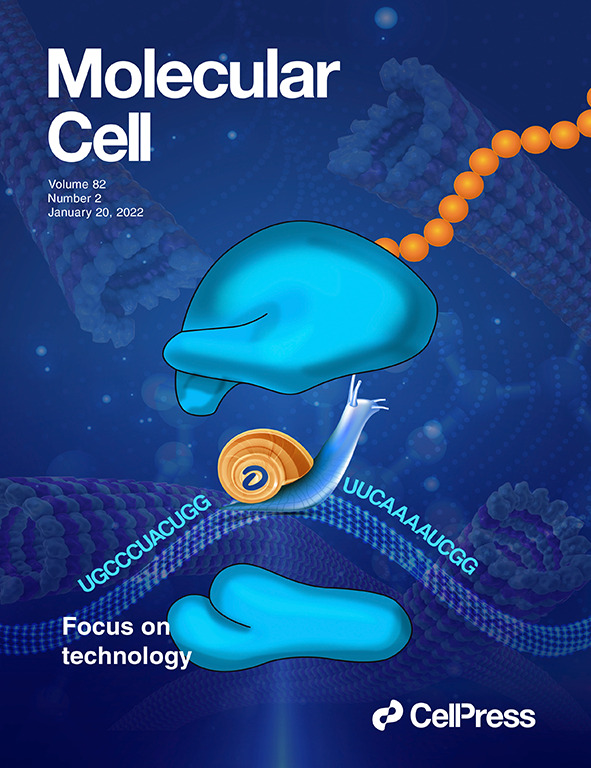Current therapeutic strategies in Parkinson’s disease: Future perspectives
IF 6.5
3区 生物学
Q2 BIOCHEMISTRY & MOLECULAR BIOLOGY
引用次数: 0
Abstract
Parkinson’s disease (PD) is a progressive neurodegenerative disorder characterized by the loss of dopaminergic neurons and the accumulation of misfolded α-synuclein. Current treatments, including dopaminergic medications and deep brain stimulation, provide symptomatic relief but do not halt disease progression. Recent advances in molecular research have enabled the development of disease-modifying strategies targeting key pathogenic mechanisms, such as α-synuclein aggregation, mitochondrial dysfunction, and genetic mutations, including LRRK2 and GBA1. In parallel, pluripotent stem cell-derived dopaminergic neurons have emerged as a scalable and ethically viable source for cell replacement therapy. Early-phase clinical trials have demonstrated the safety and functional integration of these grafts. Ongoing research is now focused on enhancing graft purity, immune compatibility, and anatomical precision, including homotopic transplantation and circuit-level reconstruction. Together, these emerging strategies offer the potential to shift PD treatment paradigms by combining symptomatic control with long-term neural restoration. This review summarizes current therapeutic approaches and highlights recent advances in disease-modifying and regenerative interventions for PD.
帕金森病的当前治疗策略:未来展望。
帕金森病(PD)是一种进行性神经退行性疾病,其特征是多巴胺能神经元的丧失和错误折叠的α-突触核蛋白的积累。目前的治疗,包括多巴胺能药物和深部脑刺激(DBS),提供症状缓解,但不能停止疾病进展。分子研究的最新进展使得针对关键致病机制的疾病修饰策略得以发展,如α-突触核蛋白聚集、线粒体功能障碍以及包括LRRK2和GBA1在内的基因突变。与此同时,多能干细胞(PSC)衍生的多巴胺能神经元已成为一种可扩展且伦理上可行的细胞替代疗法来源。早期临床试验已经证明了这些移植物的安全性和功能整合性。目前正在进行的研究主要集中在提高移植物纯度、免疫相容性和解剖精度,包括同位移植和电路水平重建。总之,这些新兴的策略通过将症状控制与长期神经恢复相结合,提供了改变PD治疗范式的潜力。本文综述了目前PD的治疗方法,并强调了PD的疾病修饰和再生干预的最新进展。
本文章由计算机程序翻译,如有差异,请以英文原文为准。
求助全文
约1分钟内获得全文
求助全文
来源期刊

Molecules and Cells
生物-生化与分子生物学
CiteScore
6.60
自引率
10.50%
发文量
83
审稿时长
2.3 months
期刊介绍:
Molecules and Cells is an international on-line open-access journal devoted to the advancement and dissemination of fundamental knowledge in molecular and cellular biology. It was launched in 1990 and ISO abbreviation is "Mol. Cells". Reports on a broad range of topics of general interest to molecular and cell biologists are published. It is published on the last day of each month by the Korean Society for Molecular and Cellular Biology.
 求助内容:
求助内容: 应助结果提醒方式:
应助结果提醒方式:


